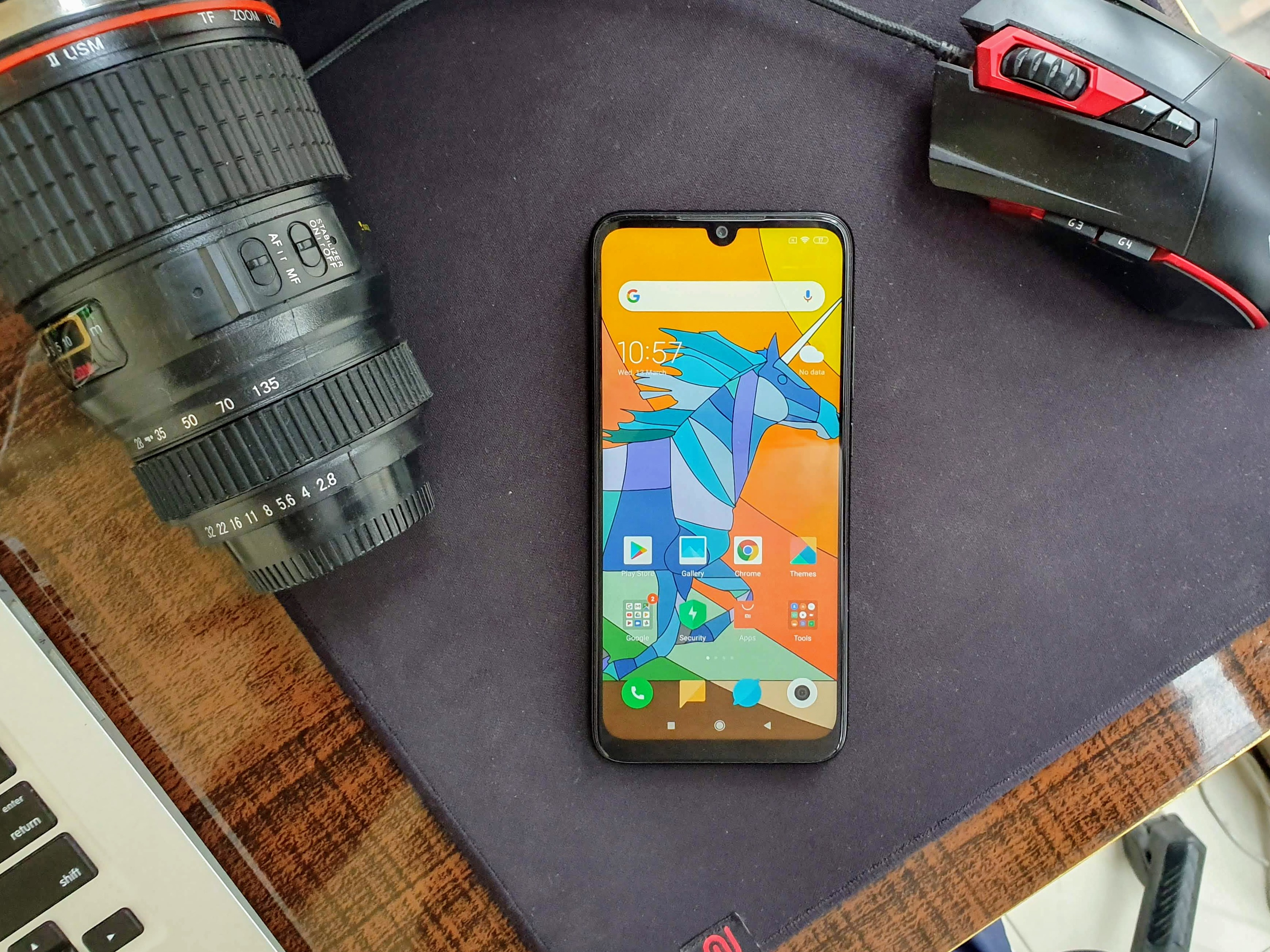Why you can trust TechRadar
Camera
- 48MP primary camera
- Sony IMX 586 sensor
- Impressive night mode

The dual camera setup on the Redmi Note 7 Pro comprises of a primary 48MP sensor with f/1.79 aperture coupled with a 5MP depth-sensor. The primary camera on this phone is by far the most powerful sensor in this budget. It captures ample of data to process a photo with 8000 x 4000 resolution, which is enough to print on a 211cm x 282cm canvas without losing details.
However, that's not the mode you would like to have for all photos as the picture size is usually more than 15MB. In case you need to click a 48MP picture, you need to head over to Modes to change photo size to 48MP or you can go to the 'Pro' mode.
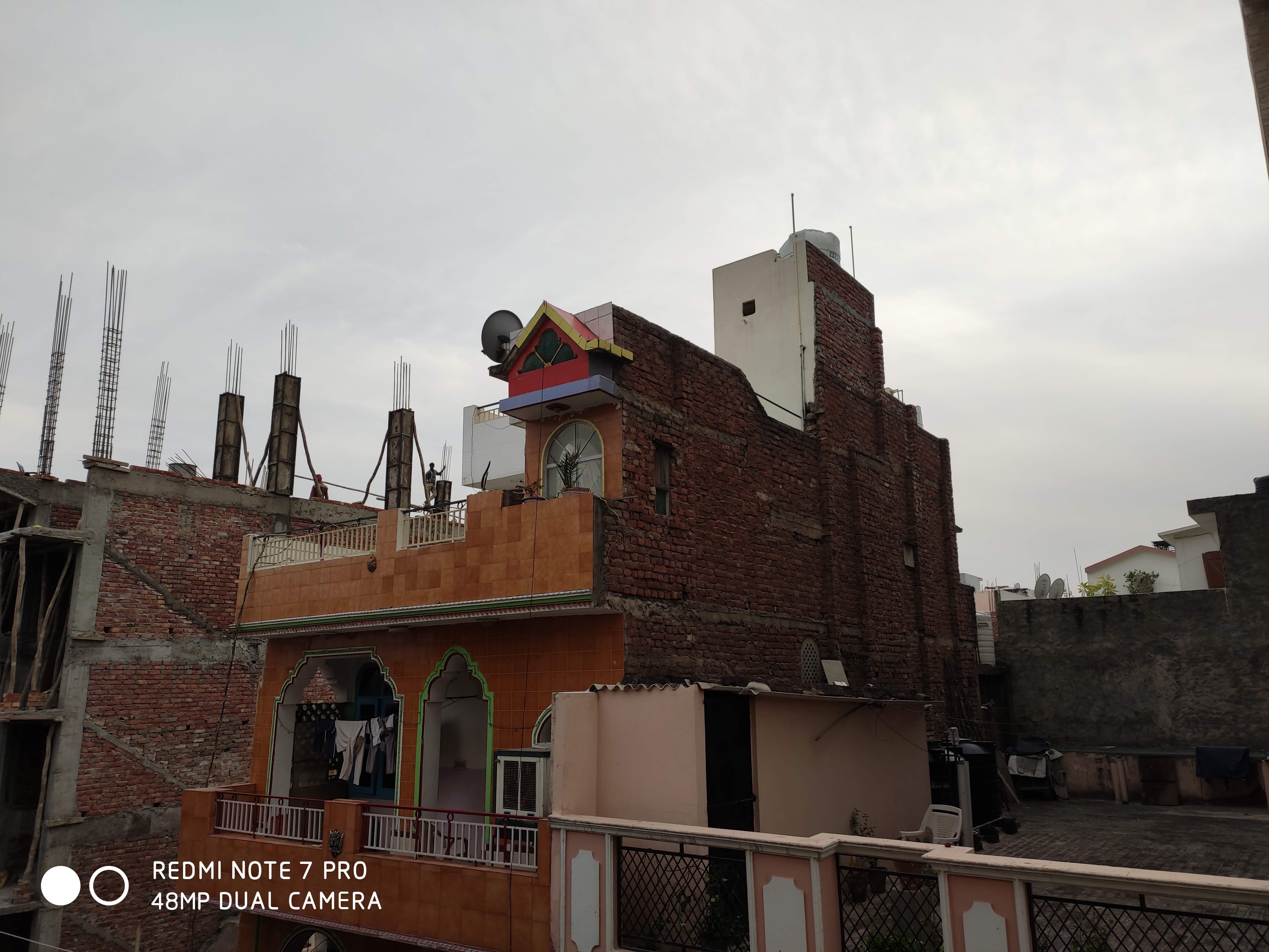

We have seen a similar setting on the recently release Honor View 20. Both phones feature the Sony IMX 586 sensor and we loved the pictures from the View 20. The Redmi Note 7 Pro also makes the most out of this setting by gathering ample details with sharp edges in most frames. Not just the detail but colors and contrast is also very good even in the 48MP shot, so much so that you can shoot them with HDR off and not miss the punch.
We used the camera in auto mode in most cases where the camera produces 12MP imagery by default. It is up to the Mi A2 standards and even better in some cases. As you could see in the picture of the sky and the car below, it reproduces great dynamic range and does some impressive color and contrast adjustment (especially in AI mode).
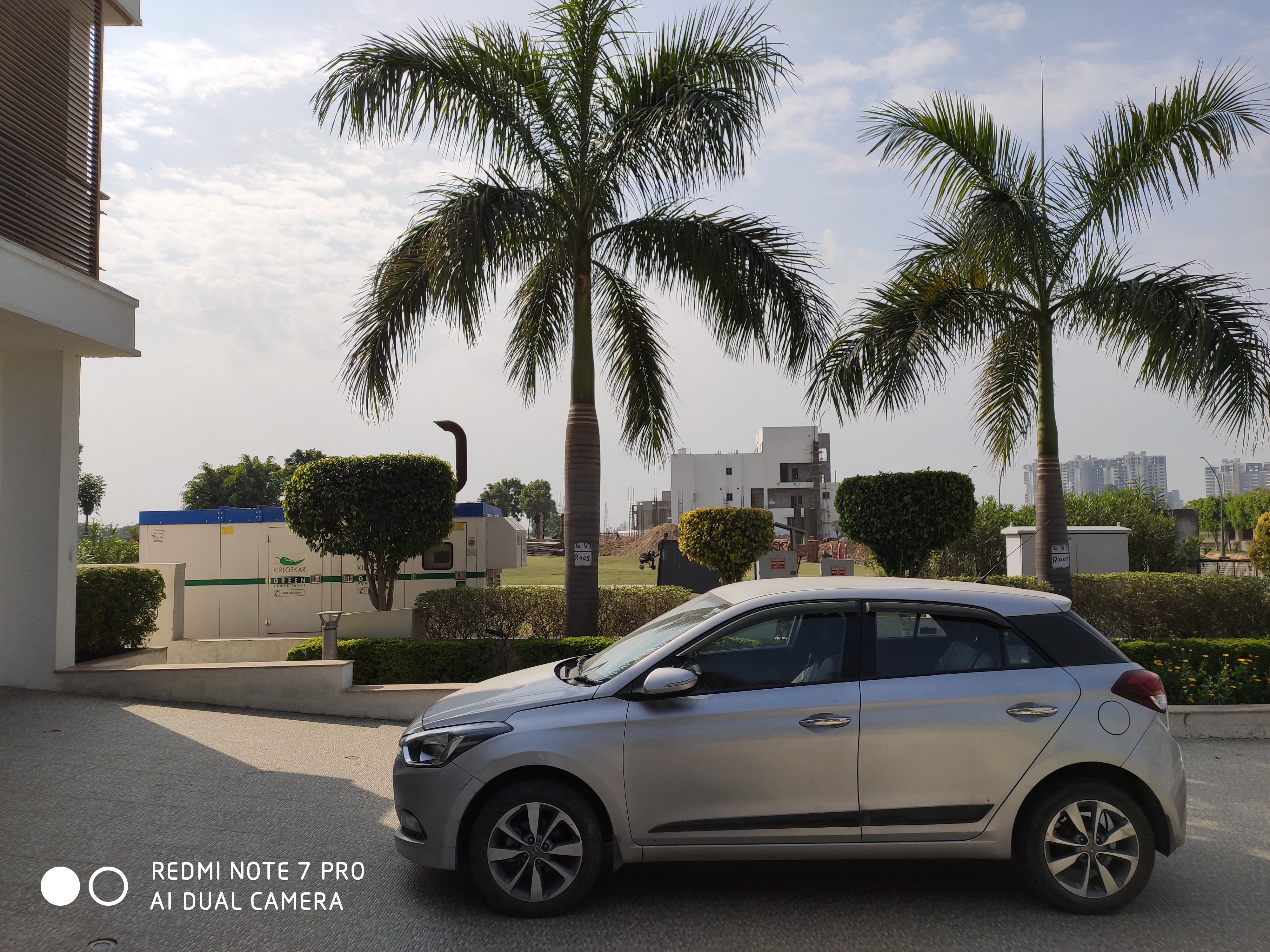
The night mode is not close to what Pixel's Night Sight does or even OnePlus' Nightscape. The Redmi Note 7 Pro is capable of clicking low light shots similar to the OnePlus 6T, but it lacks the aggressive shake reduction as seen of the latter. You need to keep your hand really stable to get enough sharpness in the image.
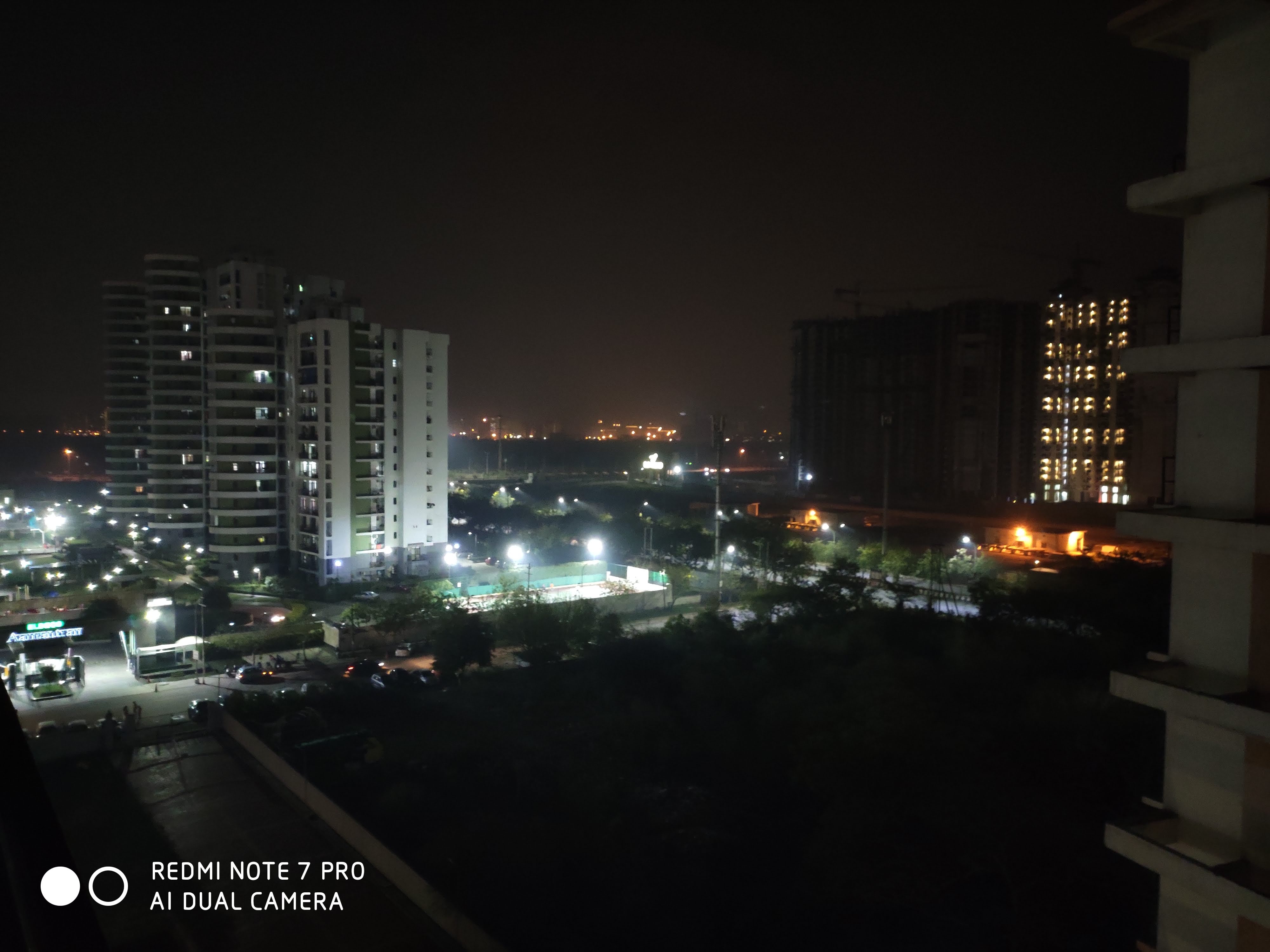
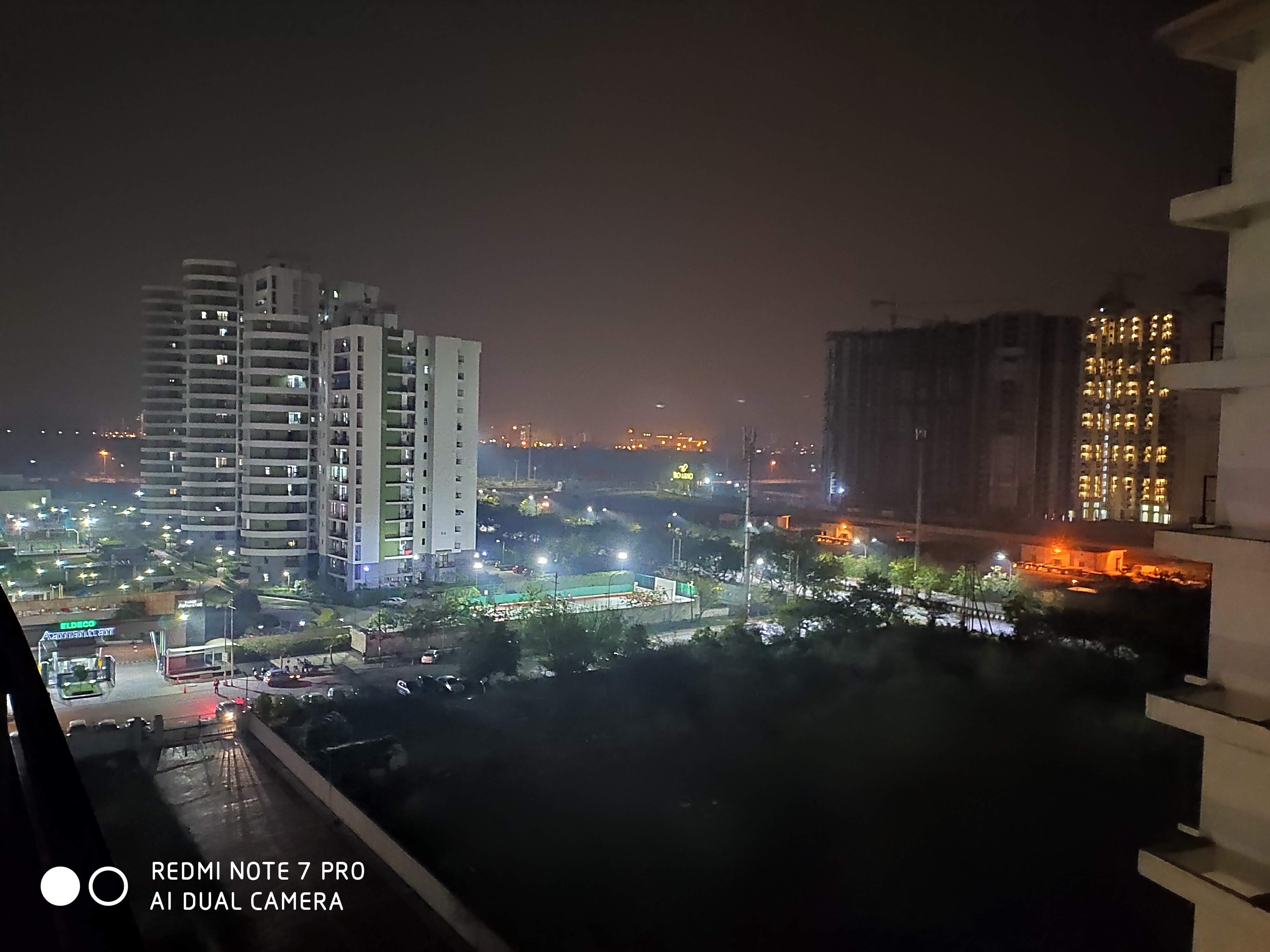
The Portrait mode is definitely better than what you would expect on a phone of this range. Note that we're speaking of well-lit conditions as it does compromise on quality under challenging lighting conditions. Still, of all the phones of its range, I find the blurring on Redmi Note 7 Pro looks more natural. You also get some portrait blur effects to play with, which we are not a great fan of.

The rear camera can record 4K at 30fps video where EIS (Electronic Image Stabilisation) provides stability to the videos. If you wish to shoot at 60fps, you will be bound to switch to 1080p, which we had no issue with. The 4K videos, however, have better colors, sharpness and higher dynamic range. We were also quite impressed with the audio output, but we haven't haven't got a chance to test it on bigger speakers yet.
Sign up for breaking news, reviews, opinion, top tech deals, and more.
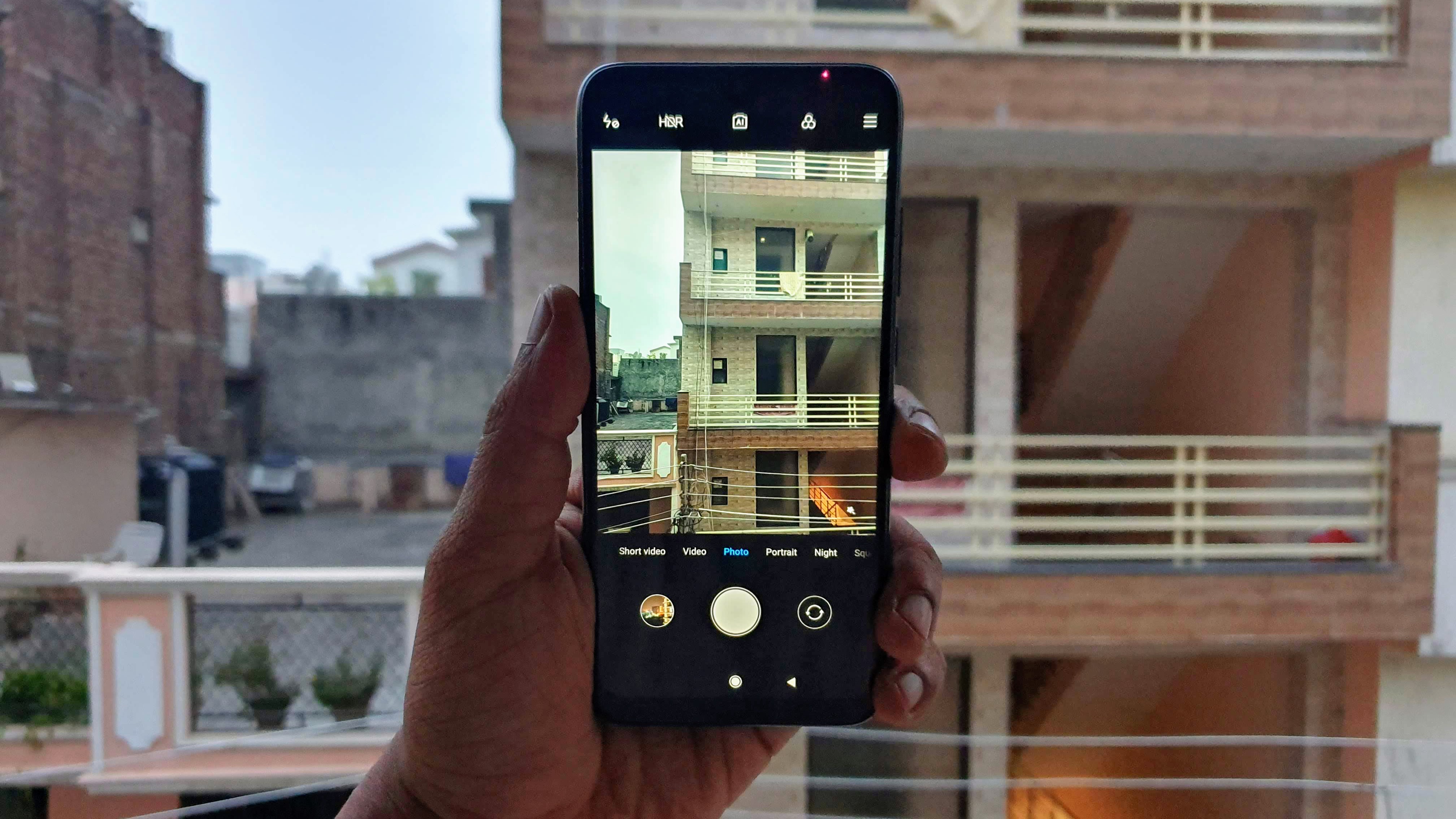
Lastly, Xiaomi has armed the Note 7 Pro's camera with tons of AI prowess for picture enhancement. Additionally, there are several modes and settings like short video, night mode, panorama, pro, group selfie and more.
The 13MP front camera captures a good amount of details and does subtle software enhancements to make it a social media worthy selfie in a jiffy. But that's only in good light, as it tends to struggle in dark and indoors.

As touted, the Redmi Note 7 Pro actually boasts of impressive camera setup for its price. It sets the benchmarks high for phones that are expected to release in the same segment.
Find more camera samples below-



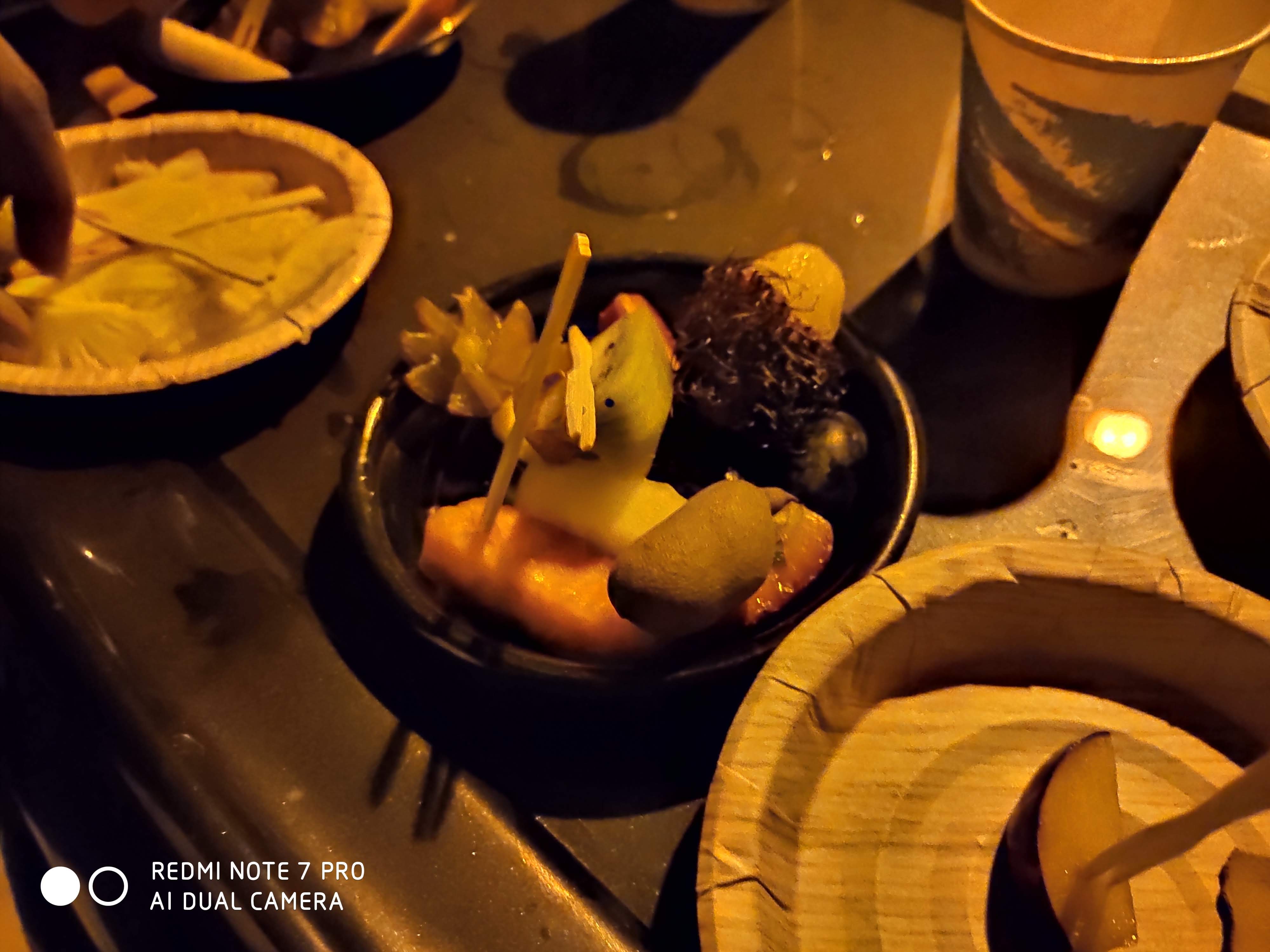
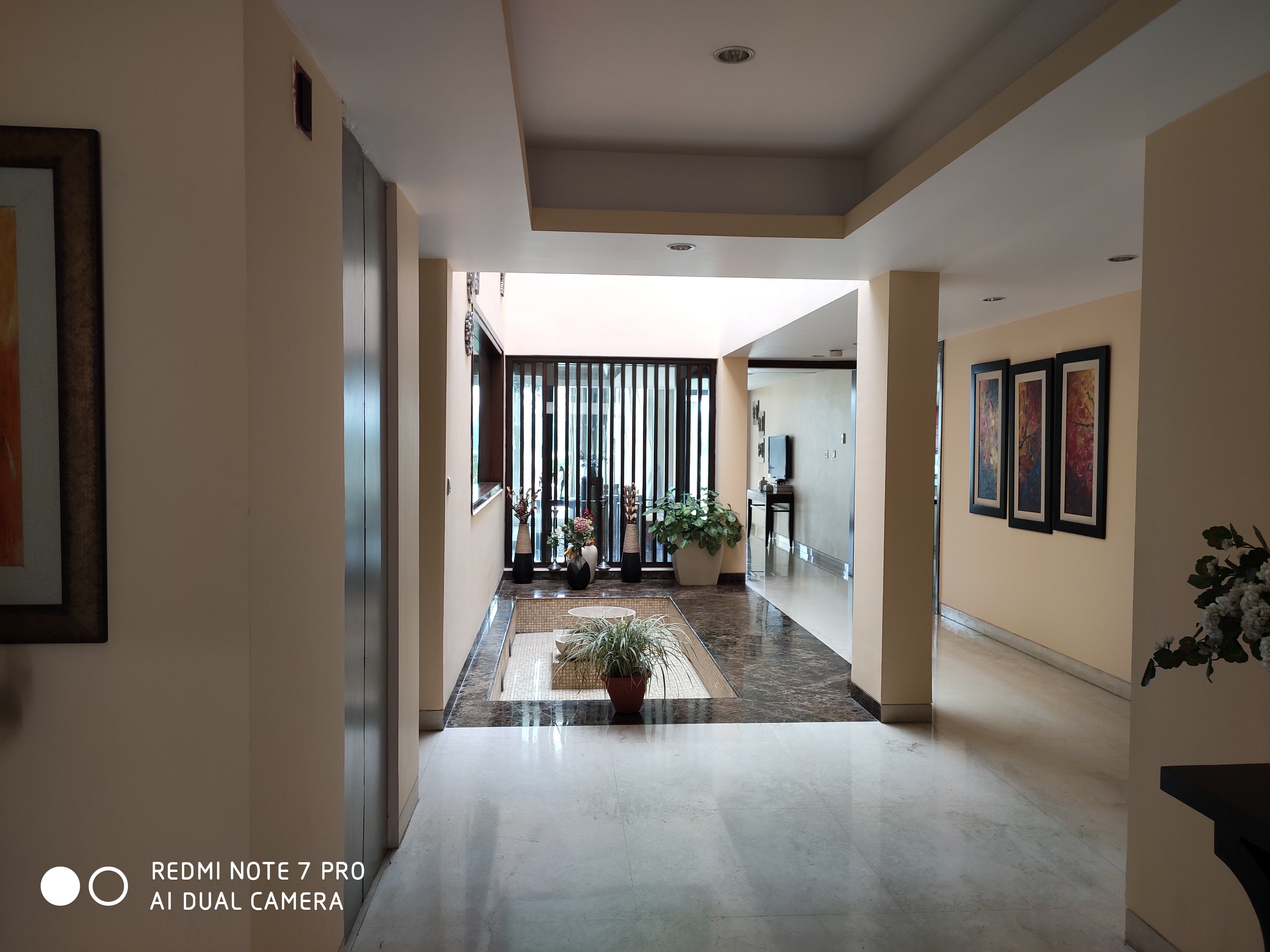

User Interface
- Android 9.1 out of the box
- MIUI 10
On the software front, the Redmi Note 7 Pro comes with Android 9.0 Pie with MIUI 10 on top.

Visually, the MIUI is one of the best custom ROMs after the OnePlus' Oxygen OS. The animations and transitions look pleasant and it makes operations look more fluid. The only ugly part of the UI is its obstructive ads that have been on the complaint books from a long time now. For tech-savvy users, there's an option to switch them off, but Xiaomi is a mass-oriented company and masses in India are unaware of such alternative.
Despite some quality refinements that MIUI has got over the years, elements like lock screen content and advertisements within apps are a sheer disappointment for the users.
Although the UI looks neat, we would have liked an option enable/disable app drawer. Leaving the choice for users is always better than not having it completely.
Bloatware includes Xiaomi's regular set of Mi apps and some removable pre-installed apps like Amazon, Facebook, Dailyhunt, Opera and more.

What's good is that the MIUI 10 is feature rich, fast and highly customizable. Also, it's not clunky and ugly either, but it's time Xiaomi should do something for the irksome ads.
Current page: Camera and software
Prev Page Price, design and display Next Page Performance, battery and verdict
Sudhanshu Singh have been working in tech journalism as a reporter, writer, editor, and reviewer for over 5 years. He has reviewed hundreds of products ranging across categories and have also written opinions, guides, feature articles, news, and analysis. Ditching the norm of armchair journalism in tech media, Sudhanshu dug deep into how emerging products and services affect actual users, and what marks they leave on our cultural landscape.
His areas of expertise along with writing and editing include content strategy, daily operations, product and team management.
